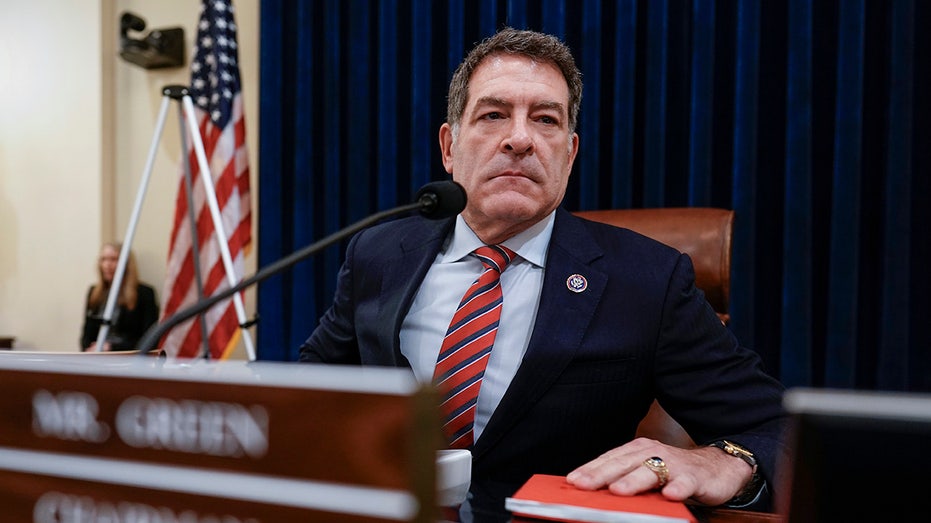U.S. Tariffs to Spark Energy Crisis Amid Rising Global Economic Uncertainty
New analysis shows U.S. tariffs under Trump are severely impacting the nation's energy industry, from oil to renewables.

Sweeping U.S. tariffs imposed by the Donald Trump administration are inflicting severe damage across the country's energy sector, according to a new analysis, with ripple effects already being felt in both oil production and renewable power development. The report reveals that recent trade policies could have far-reaching consequences for America's position in the global energy economy and its ability to compete internationally.
The Trump administration's tariff initiatives, intended to boost domestic manufacturing and reduce foreign dependence, are having unintended and significant negative impacts on the U.S. energy landscape. New research by consulting firm Wood Mackenzie (WoodMac) points to eroding projected growth in oil demand, a chilling effect on renewable energy investments, and the risk of the United States becoming a high-cost energy market. These developments, analysts warn, threaten to undermine the nation’s competitiveness at a critical juncture.
WoodMac’s research highlights that President Trump’s so-called "Liberation Day" tariff announcement this spring stands as "arguably the most pivotal moment for the world economy since China's 2001 entry into the World Trade Organization." Unlike that earlier era, which ushered in a new wave of global growth and integration, the recent U.S. measures—coupled with expected international retaliation—could disrupt key trading relationships and accelerate the retreat from globalization.
To assess potential outcomes, WoodMac mapped out three scenarios. In the most severe "trade war" case, effective U.S. tariff rates exceed 30 percent. This scenario projects a global GDP contraction of 2.9 percent by 2030, sharply reversing years of economic progress. The energy sector, in particular, faces acute challenges under these circumstances.
The impact on the oil industry—long seen as a pillar of U.S. energy independence—would be profound. The analysis predicts that, under the harshest scenario, global oil demand will actually fall in 2026, before growth gradually resumes. Even then, analysts project that by 2030, global oil demand will lag by 2.5 million barrels per day compared to optimistic forecasts. Oil prices could plunge to an average of $50 per barrel in 2026, a level described as disastrous for U.S. shale producers, whose operations typically require higher prices to remain viable.
Such a price collapse would trigger significant cutbacks in investment and could lead to a marked reduction in U.S. oil production through the end of the decade. The resulting financial pressure would also slow supply growth in other regions, especially where major upstream projects have not yet started construction.
America’s power sector is not immune to these disruptions. The newly imposed tariffs add uncertainty and extra costs that deter investment, making it more difficult to expand generation capacity or upgrade infrastructure. Developers and utilities, facing a five-to-10-year planning horizon, now struggle to predict the costs of their projects—a situation described as "extraordinarily disruptive" in the report. Many companies have already begun deferring investments and rethinking their strategies in light of the evolving policy landscape.
Tariff barriers, instead of fostering a robust domestic supply chain, are reportedly locking the U.S. into a position as a high-cost location for renewable energy and storage development. Not only does this make it harder for the country to meet its climate goals, but it also puts U.S. clean technology companies at a disadvantage globally.
The consequences extend to the metals and mining sector, which provides essential materials for energy infrastructure. The analysis projects a steep drop in U.S. demand: nearly 4 million tonnes less aluminum and 1.2 million tonnes less copper in 2026 compared to baseline figures. Steel demand could fall by 90 million tonnes, and lithium demand by 70,000 tonnes, significant blows to industries integral to the energy transition.
WoodMac's analysis concludes that protracted uncertainty over tariffs could shape decision-making for months, and likely years, ahead. Industry leaders are expected to focus on risk reduction, prioritize flexibility, and scale back investments that lack clear near-term payoffs. This strategic shift is poised to fundamentally reshape the trajectory of U.S. energy development well beyond the current administration, with consequences that may reverberate for decades.




